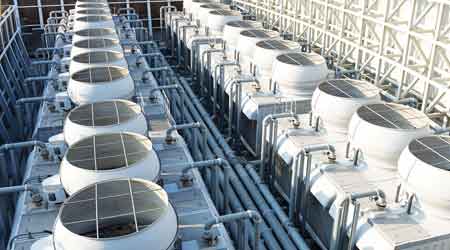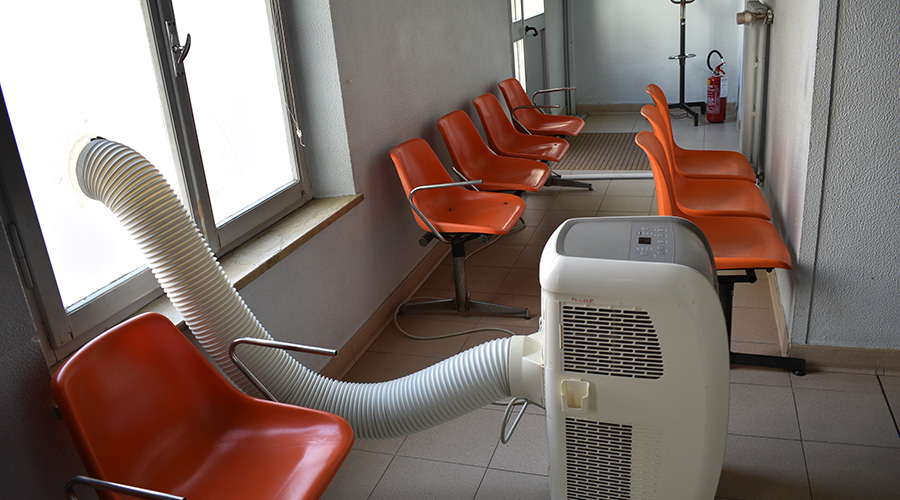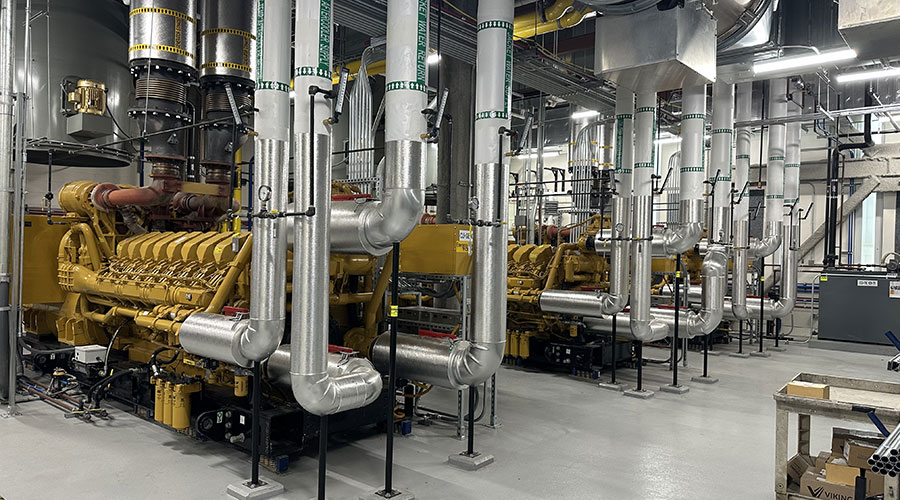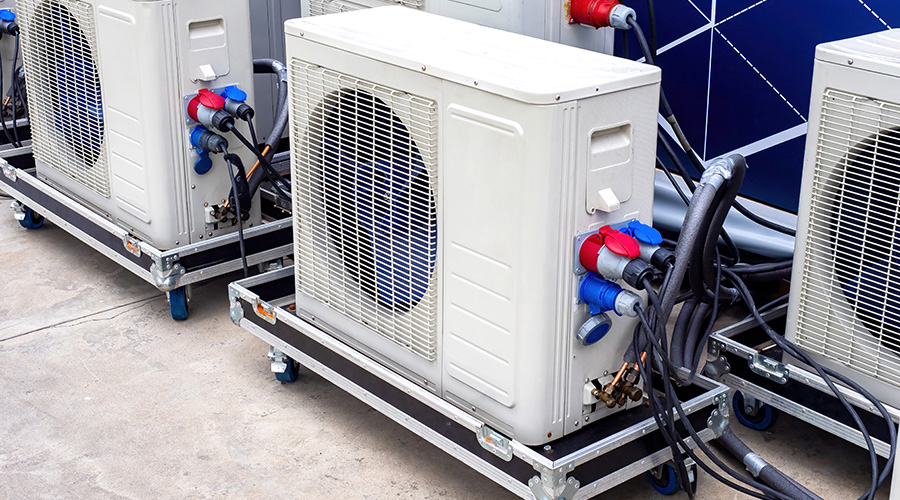Water Management Plan Goes Beyond Legionella
Legionnaire’s Disease makes the news, but that doesn’t mean it’s the only water management concern.
Don’t get caught in thinking a Legionella plan is the same as a water management plan for a facility. Legal experts know the difference, even though it may be slight. They can catch facility directors off-guard in a courtroom and show possible improper planning and execution to create doubt in a jury’s mind when an accident occurs. In addition, serious issues can arise if a facility director demonstrates a lack of knowledge concerning the sampling. For example, one facility thought that the reports received from the cooling tower water management company would suffice as documentation concerning water for the entire facility campus. Soon the facility discovered that sampling the cooling towers was not the same as having a water management plan.
Everyone, especially facility directors and safety specialists, should be interested in stopping Legionella and the possibility of a Legionnaires’ disease case in their facility. Most people assume a Legionella plan is the same as a water management plan, or at least both have the same goal. But that’s not the case.
A water management plan encompasses much more than just sampling for Legionella in cooling towers or in other water devices or features in the facility. A “plan” in this sense requires a group of people in each facility who not only understand water usage and flows, but also are stakeholders in taking corrective action and understanding occupant health conditions. A water management plan is not just a preventive maintenance task on a schedule that can be simply checked off on a form. This plan requires a committee that must review, understand, support, and implement an active protocol for managing water flow within each building.
So what is the difference between a Legionella plan and a water management plan? To start, Legionella is one type of waterborne pathogen. Strictly focusing on controlling one type of bacteria to keep a facility safe is not adequate. A water management plan is much broader and includes a special committee, full understanding of the water flow in the facility, and identifying critical inspection points. Unfortunately, most just hear of Legionella cases and feel that should be the sole focus of their compliance plan.
Why So Many Legionella Cases in the News?
Since Legionnaires' disease is a severe form of pneumonia — lung inflammation usually caused by infection — many hospitals test pneumonia patients for the bacteria. As more is learned about Legionella and testing availability is expanded, doctors are requesting pneumonia patients be tested routinely.
Both the Infectious Diseases Society of America (IDSA) and American Thoracic Society (ATS) support performing a Legionella pneumophila urine antigen test for patients with any of the following: “severe pneumonia requiring intensive care unit (ICU) admission, failure of outpatient antibiotics, active alcohol abuse, history of travel within the previous two weeks, or pleural effusion.” With the increased testing of pneumonia patients comes an increase in detection of legionella cases.
Adding to the increase in cases is a requirement that the diagnosed Legionella case must be reported to a local county health department. The designated county health department then investigates the case to determine a likely cause of the Legionella exposure. More people find out about the case and news agencies report it. This combination of testing, investigating, and reporting has had a synergistic effect on why incidents are more prevalent in the news.
Related Topics:













